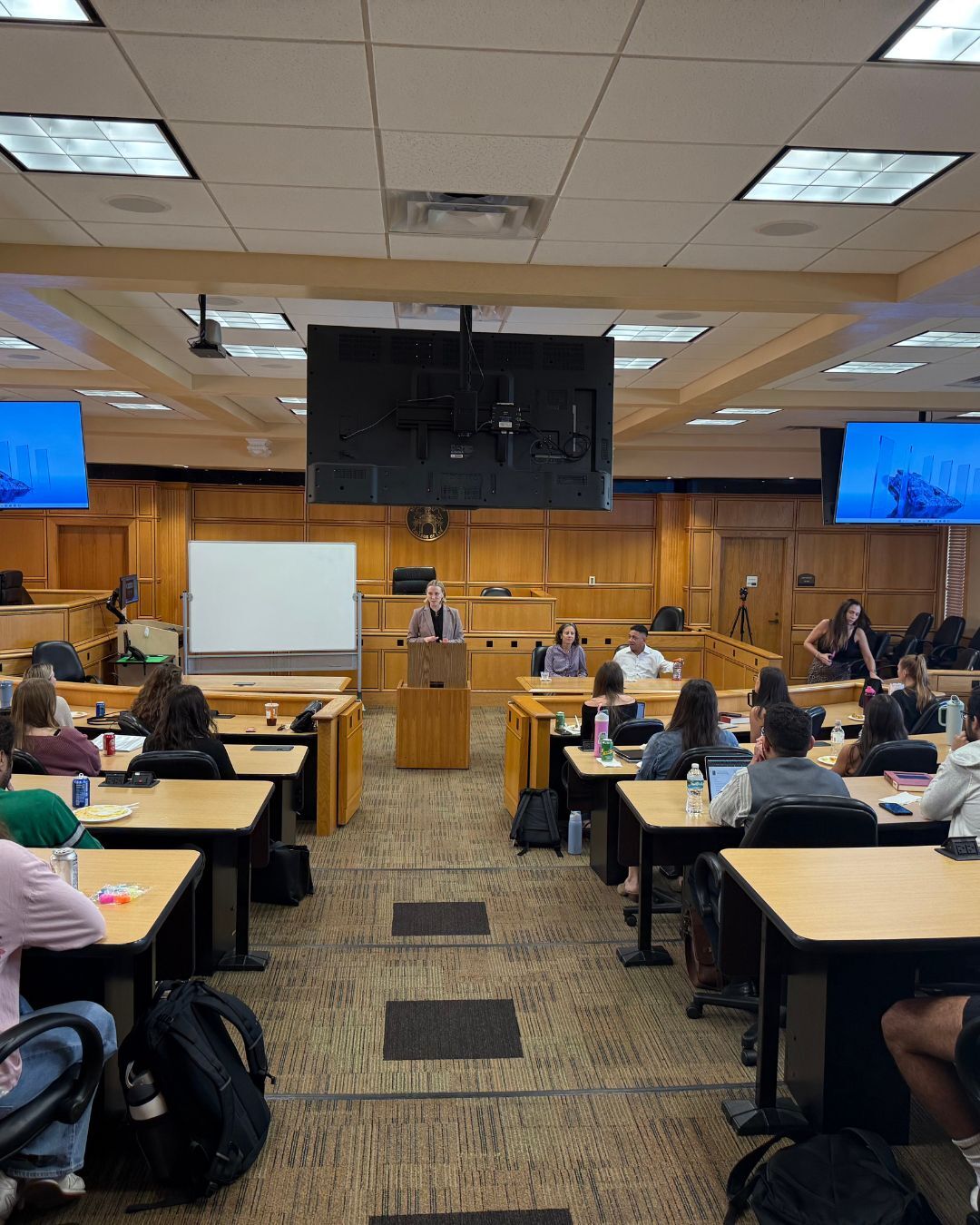
As a category, disability is profoundly dynamic and fundamentally diverse: it comprises a myriad of unique experiences affecting different people in different ways, and, unlike the other protected classes in federal anti-discrimination law, people can move into and out of the group over the course of a lifetime.
There are over 42.5 million Americans with disabilities, according to the U.S. Census Bureau. Over 25% of all adults in the U.S. have some form of disability: the most common are difficulties with cognition (12.8%), mobility (12.1%), and independent living (7.2%).
The number of students with declared disabilities that require educational accommodations has been increasing over the last decade across secondary education as well as colleges and graduate schools. Nationwide in U.S. public schools (including public universities), the number of students receiving special education or related services rose from 13% of total enrollment in the 2010-11 school year to 15% of enrollment in the 2021-22 school year, an increase of nearly a million students.
Disability Law Landmarks
Before the Americans with Disabilities Act (ADA) was passed in 1990, the first two landmark pieces of legislation pertaining to disability rights were passed in the 1970s: the Rehabilitation Act of 1973 and the Education for All Handicapped Children Act in 1975 (which was renamed the Individuals with Disabilities Education Act (IDEA) in 1990).
Section 504 of the Rehabilitation Act prohibited discrimination on the basis of physical or mental handicaps and provided equal opportunity for employment in federal jobs and federally funded programs. It also created the Architectural and Transportation Barriers Compliance Board, which oversaw equal access to public services such as public transportation and housing.
The Education for All Handicapped Children Act was the first law to require public schools to include children with disabilities in public education. When the law was updated in 1990, emphasis shifted toward a focus on parents’ rights to participate in decisions affecting their children’s education. Educational rights were expanded to include the creation of an Individual Education Plan for each disabled student.
These decisions were significant because they recognized disabled people as a protected class for the first time and established the first ever right to equal opportunities for those with disabilities. Throughout the 1980s, a growing community of people who viewed themselves as members of a broader disabled community fought for the expansion and implementation of these rights through numerous Supreme Court cases such as Southeastern Community College v. Davis, Grove City College v Bell, Consolidated Rail Corporation v. Darrone, and School Board of Nassau County v. Arline.
In July 1990, after years of lobbying and over a year of consideration before Congress, the president signed the ADA into law. The ADA expanded the rights to equal opportunity and access in the Rehabilitation Act beyond just federal jobs and programs to private businesses, public accommodations, transportation, state and local government services, and telecommunications.
How Colleges and Universities are Working Toward Inclusion for Students with Disabilities
The category of disability encompasses a range of conditions, each with unique challenges and hurdles to fully inclusive practices. Consider the differences between a student in a wheelchair, a student with visual impairment, and a student with ADHD. What type of accommodations they’ll need — and how and when they’ll need them — varies widely, and universities have been working to figure out how to address these challenges.
Efforts toward building a more inclusive higher education system have focused around a number of different goals, including:
- Connecting faculty with necessary resources for inclusive instruction
- Ensuring that technology is accessible
- Paying attention to campus planning and design
- Providing a straightforward accommodation process for students
- Encouraging accountability from faculty and administrators
Students generally have to present their school with documentation to demonstrate their need according to guidelines established by the Association on Higher Education and Disability (AHEAD). In many cases, students can then be granted access to a disability office or representative who will work with them to inform instructors about the accommodations they are entitled to.
Stetson’s Reasonable Accommodations and Standards for Law Study establishes that students are entitled to accommodations that “remove barriers to equal access” without “fundamentally alter[ing] the requirements of a course of study.” While these accommodations are unique to each student, Stetson provides broad institutional support to ensure accommodations are honored.
Students with disabilities at Stetson
At Stetson Law, the Office of Accessibility Resources was established in 2017 in an effort to better serve disabled students. Since then the number of students with registered disabilities has increased from less than 10% to nearly 20% of the student population, according to Kathryn Pelham, the Associate Director of Accessibility Resources & Stetson’s ADA Coordinator.
“Disability is actually the largest marginalized category or group across all the protected classes,” says Pelham. “It intersects with race, gender, religion, all the protected classes, but it’s one that is often overlooked.”
Pelham says she sees a number of factors at play in the increasing number of students with disabilities. Some of it is decreasing stigma: students are generally less discouraged by their families to seek diagnoses for ADHD or other common psychological or neurological conditions than they used to be.
Another factor is COVID-19. The effects of long COVID-19 left millions more disabled at the end of 2021, and the potential for future harm is still unknown. Moreover, the pandemic decreased access to many disability benefits, according to the National Council on Disability. Finally, the disruptions to daily life brought about by the pandemic also left a lot of people struggling with their day-to-day mental health.
“Individuals with disabilities want to be like everyone else. Their disability is part of who they are, but it’s not the sole factor in who they are, and they’re capable of great things just as any other person is capable of great things.”
More optimistically, technological changes in schools and workplaces to promote remote working and learning offered some people new opportunities for participation. Pelham mentions a physically disabled student she worked with who began her first year at Stetson Law during COVID. Taking classes online, that student “felt like she could participate as a person instead of having people see her readily apparent disability by going to class. And that allowed her less anxiety and more of a sense of belonging.”
The Disability Allied Law Students Association (DALSA) at Stetson
Since 2021 Stetson has been home to a chapter of DALSA, the Disability Allied Law Students Association, founded by students Tiffany Oms and Morgan Patipa. The organization is committed to inclusion and advocacy for “all disabled students and students who support issues related to disability justice personally or professionally on an intersectional level.” They promote the full professional and social inclusion of disabled students through academic accommodations and emphasize the importance of self advocacy and social justice.
Learn More on Real Cases, the Stetson Law Podcast
This month on Real Cases, we sit down with Kathryn Pelham to discuss all things relating to disability, law, and higher education. She discusses her philosophy behind equitable accommodations in law school curricula, the challenges of reaching for universal accessibility, and the importance of advocating for yourself.
Topics: Real Cases Podcast
.jpg)

